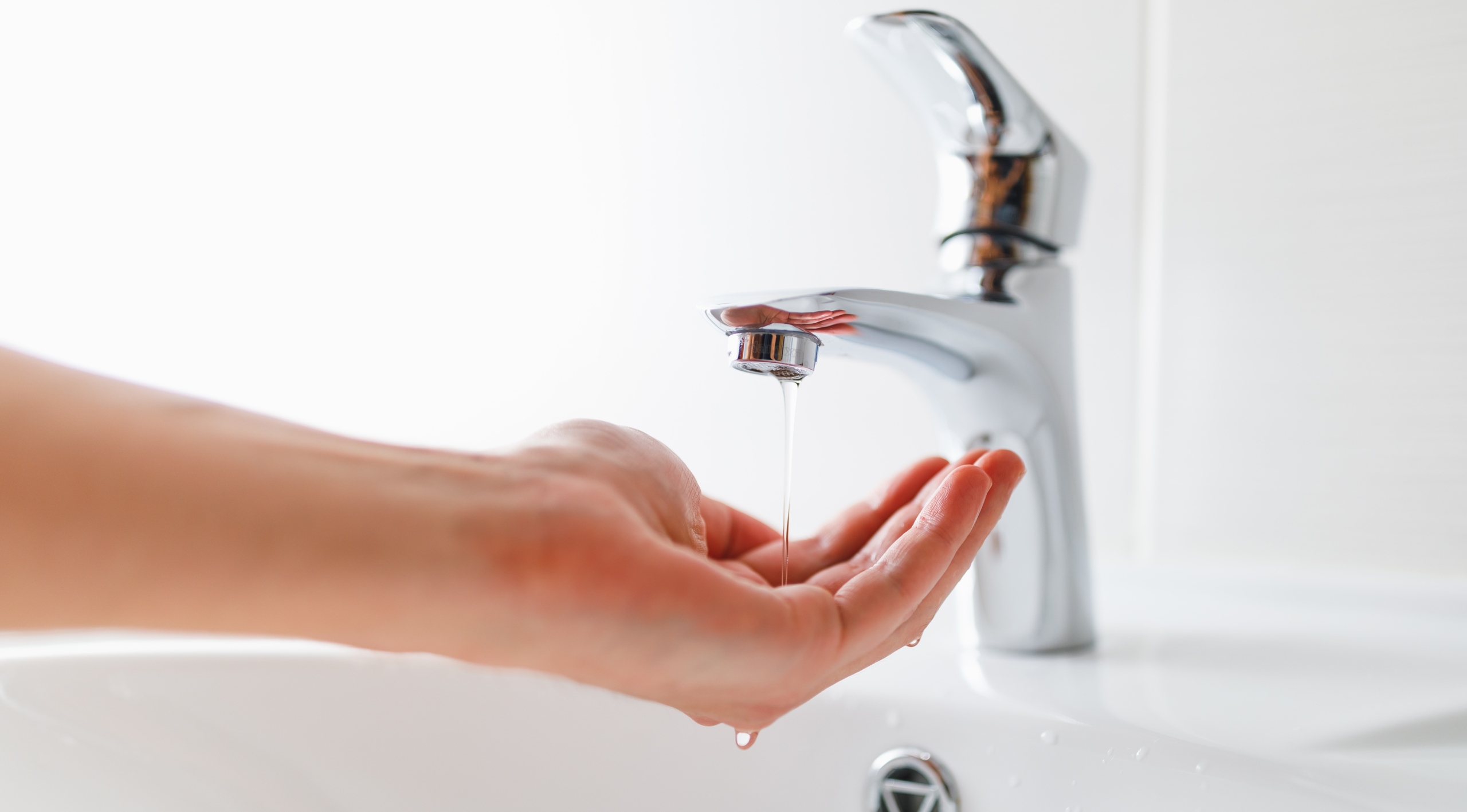
Leaky faucets. Trickling showers. Slow-filling laundry machines. All of these frustrations that result from low-water pressure can have a major impact on your daily life. If your home’s water pressure has suddenly dropped or has been weak for a while, there could be several factors at play. Here are some common causes and fixes of low water pressure.
Clogged Pipes or Fixtures
Over time, minerals, sediment, and debris can build up inside your pipes and faucets, restricting the flow of water. This is especially common in homes with hard water. Or, if the low pressure is isolated to a single fixture like a sink or shower head, a clog could be the issue.
Fix: Try removing and cleaning the affected fixture. Soaking it in vinegar overnight can help dissolve mineral buildup. If multiple fixtures are affected, your pipes may need professional cleaning.
Leaking Pipes
A hidden leak in your plumbing system can significantly reduce water pressure. Leaks not only waste water but also cause damage to your home. Signs of a leak include: water stains, unexplained puddles, or a higher-than-normal water bill.
Fix: Check visible pipes for signs of leaks. If you suspect a hidden leak, turn off all water-using appliances and check your water meter. If the meter continues to run, you likely have a leak and should call a professional plumber.
Failing Pressure Regulator
Many homes have a pressure regulator that controls water pressure coming from the main supply. If this device malfunctions, it can cause water pressure to be too high or too low.
Fix: A pressure gauge can test the PSI (pounds per square inch) of your water supply. If the reading is too low, your regulator may need adjusting or replacing. This is best handled by a professional plumber.
Corroded Pipes
Older homes with galvanized steel pipes may experience corrosion inside the pipes, gradually restricting water flow. Corrosion is a slow process, so pressure may decrease over time rather than suddenly.
Fix: If your home has old galvanized pipes and you notice worsening water pressure, replacing them with modern materials like copper or PEX may be necessary. A plumber can assess your system and recommend the best solution.
Issues with the Water Supplier
Sometimes, low water pressure isn’t a problem within your home but rather an issue with the municipal water supply. Nearby construction, water main breaks, or city-wide maintenance can temporarily reduce pressure. For rural homes, well pumps, tanks, and electrical systems can result in reduced water pressure.
Fix: Check with your local water provider to see if there are known issues. If your neighbors are also experiencing low pressure, it’s likely a supply issue that will resolve once repairs are completed.
Partially Closed Valves
If you’ve recently had to turn off your water supply for maintenance, check to make sure all of the valves were re-opened fully. A main shut off valve being partially closed will affect your entire home’s pressure, while local supply valves will affect individual fixtures.
Fix: Locate your home’s main shut-off valve and ensure it’s fully open. Also check the supply valves near affected fixtures.
Water Softener or Filter System Malfunction
If you have a water softener or filtration system, a clogged or malfunctioning unit can restrict flow.
Fix: Try bypassing the system to see if the pressure improves. If it does, your softener filter may need maintenance or replacement.
When to Call a Professional
If you’ve checked these coming issues and still have low water pressures, it’s time to call the experts. At Slim Plumbing, we have the experience and tools needed to diagnose and fix low water pressure. Whether you need pipe repairs, leak detection, or a system upgrade, our residential plumbing services encompass a wide variety of issues and provide solutions. Contact us today for fast, convenient service, and get your home back to its normal flow.
